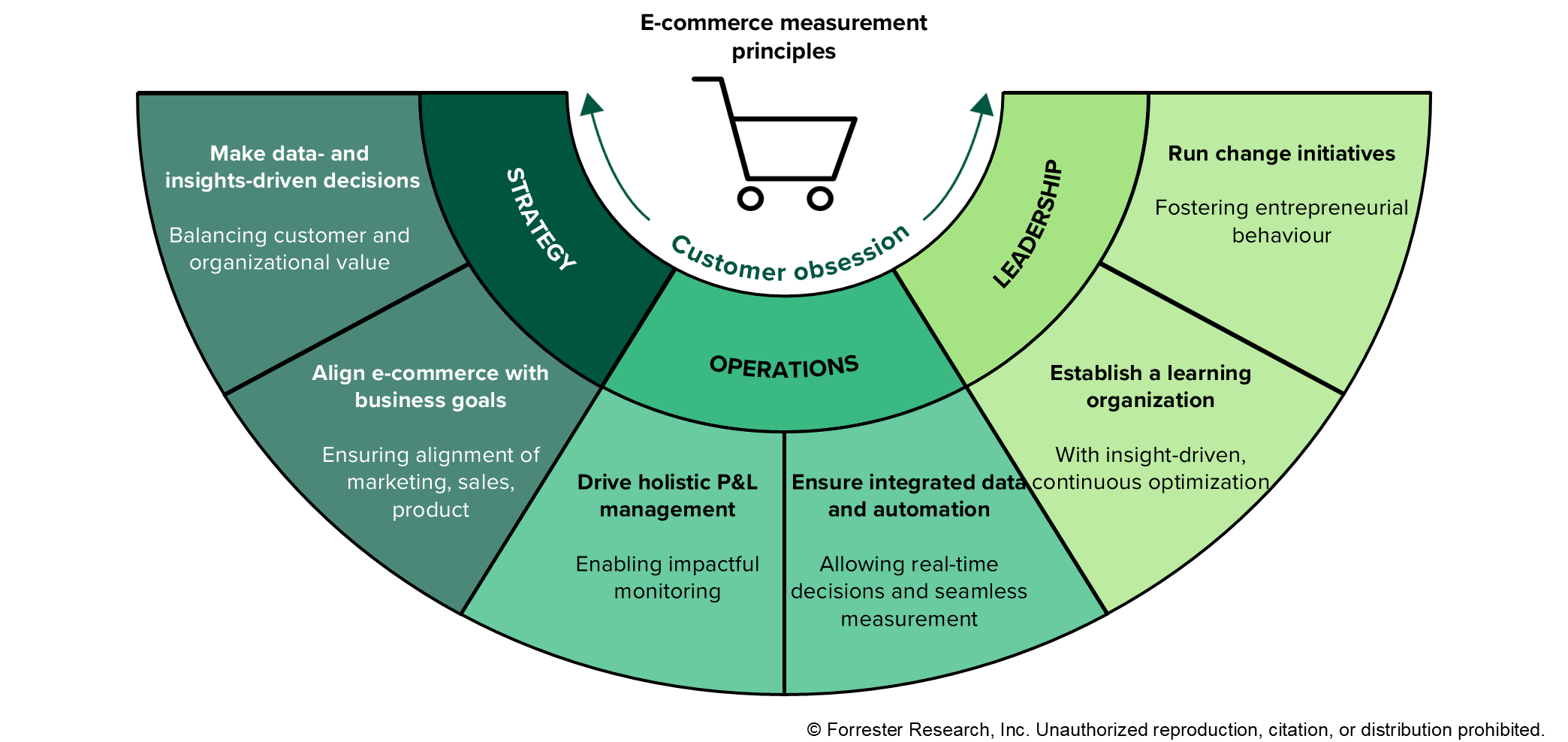Mastering The Digital Seas: A Guide To E-Commerce Precision
In the vast sea of digital routes to market, e-commerce stands as a beacon of modern B2B commerce, but navigating this realm with outdated metrics is akin to venturing into battle blindfolded. The stark reality, highlighted by our report, Essential Measurement Strategies For B2B E-Commerce, reveals that 91% of B2B buyers face significant online purchasing barriers, with 68% deterred by errors that could be mitigated through more precise measurement strategies.
The Challenge: Navigating Without A Compass
A reliance on antiquated metrics not only obscures the path to success but also threatens digital commerce with missed opportunities and customer dissatisfaction. In an environment that demands agility, traditional data — such as website visits, conversion rates, or average order values — falls short, failing to capture the nuanced dance between customer satisfaction, operational efficiency, and revenue generation.
Strategizing For Victory
To steer the ship clear of these icebergs and chart a course toward triumph, a strategic overhaul is essential. As depicted in our comprehensive graphic below, six principles for customer-obsessed e-commerce excellence are threefold, related to strategy, operations, and leadership:
- Leveraging data and aligning with business goals. The first step involves ensuring that e-commerce strategies are fueled by comprehensive data and insights and that the strategies resonate with broader business objectives. This alignment is pivotal for breaking down departmental silos; fostering collaboration across marketing, sales, IT, and operations; and crafting a unified, omnichannel experience that translates into tangible business outcomes.
- Adopting a holistic view, supported by technologies. Success in the digital domain demands embracing the entire B2B buyer lifecycle, from initial awareness through to unwavering loyalty. For instance, tailoring e-commerce strategies to not only attract but also retain customers by analyzing their purchasing behaviors and preferences allows for a seamless journey across all touchpoints. Integrated technologies and leveraging advanced tech, such as AI and ML, can transform predictive analytics, enabling businesses to anticipate market shifts and adapt swiftly. This approach transcends traditional analytics, offering a dynamic, data-driven foundation for decision-making.
- Fostering a culture of innovation and learning. The agility of e-commerce offers a unique platform for continuous learning and optimization. By embracing a culture of experimentation — where tests can be conducted at low costs and with rapid results — businesses can fine-tune their strategies to meet ever-evolving customer needs. It’s imperative for e-commerce leaders to cultivate entrepreneurial behavior within their teams, encouraging bold decisions and innovative thinking to not only keep pace but stay ahead of the competition.
Six Principles Of Impactful E-Commerce Measurement

The Path Forward
The evolution of e-commerce mandates a departure from the comfort of familiar metrics to the uncharted territories of sophisticated, real-time data analysis and customer journey mapping. Such a transformation is not merely an upgrade; it’s a redefinition of how success is measured and achieved in the digital marketplace. As we chart the course toward e-commerce mastery, the journey extends beyond the horizon of current practices to a realm brimming with growth, innovation, and competitive advantage. To navigate this journey with precision, we invite clients to read our latest report with concrete guidance and examples, or you can schedule a session with me. This isn’t just an opportunity to advance; it’s a strategic leap toward redefining the future of your B2B e-commerce endeavors.
